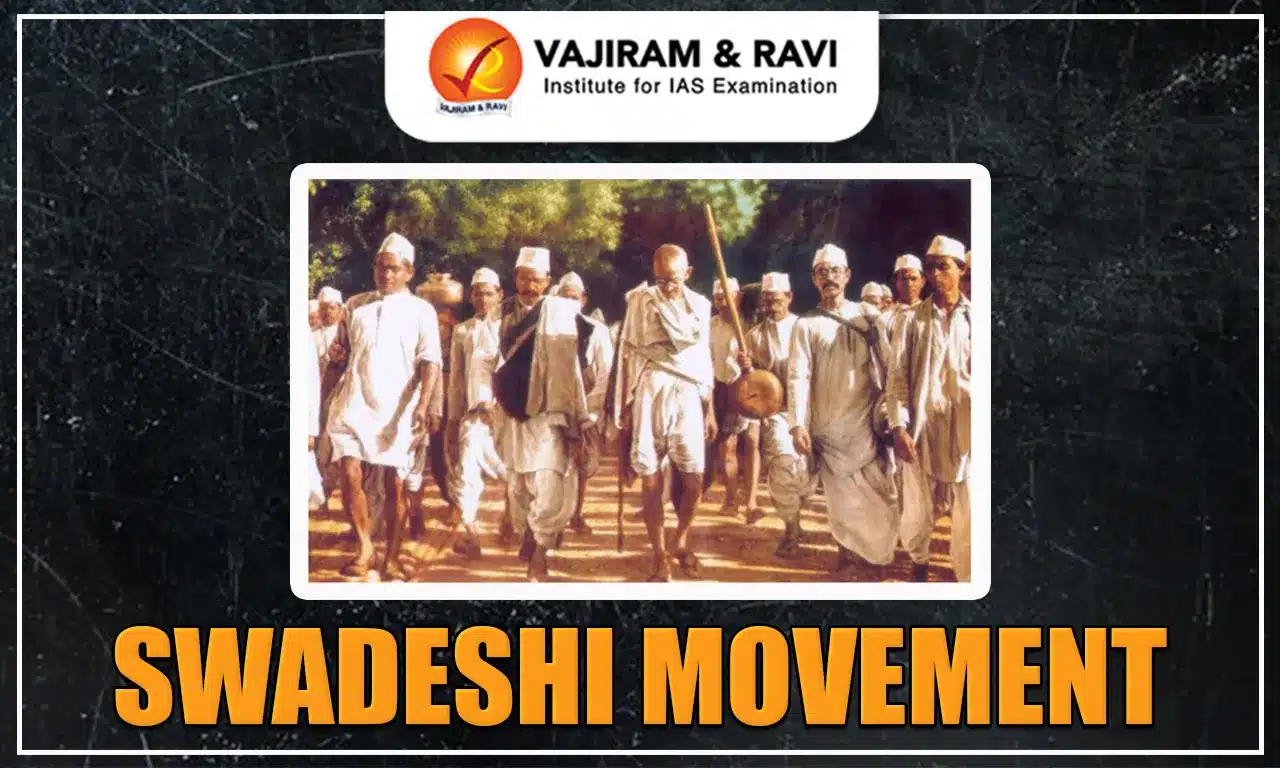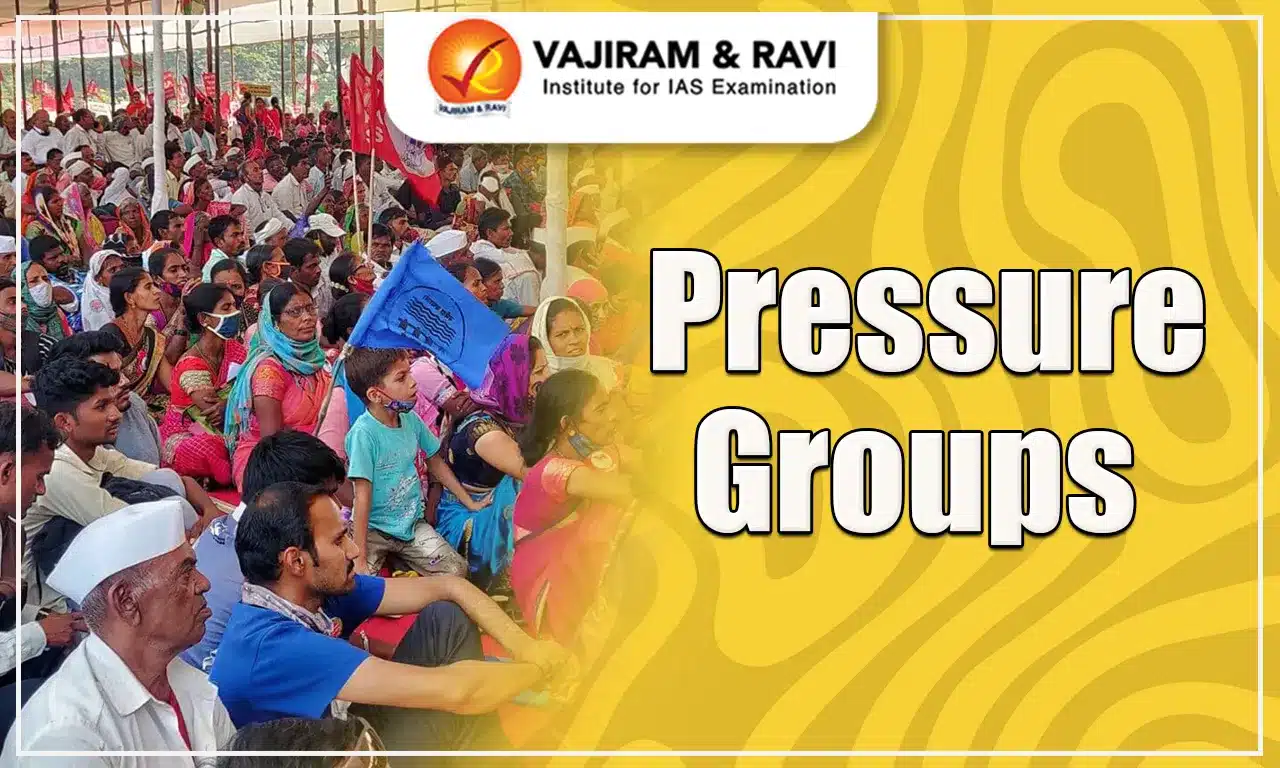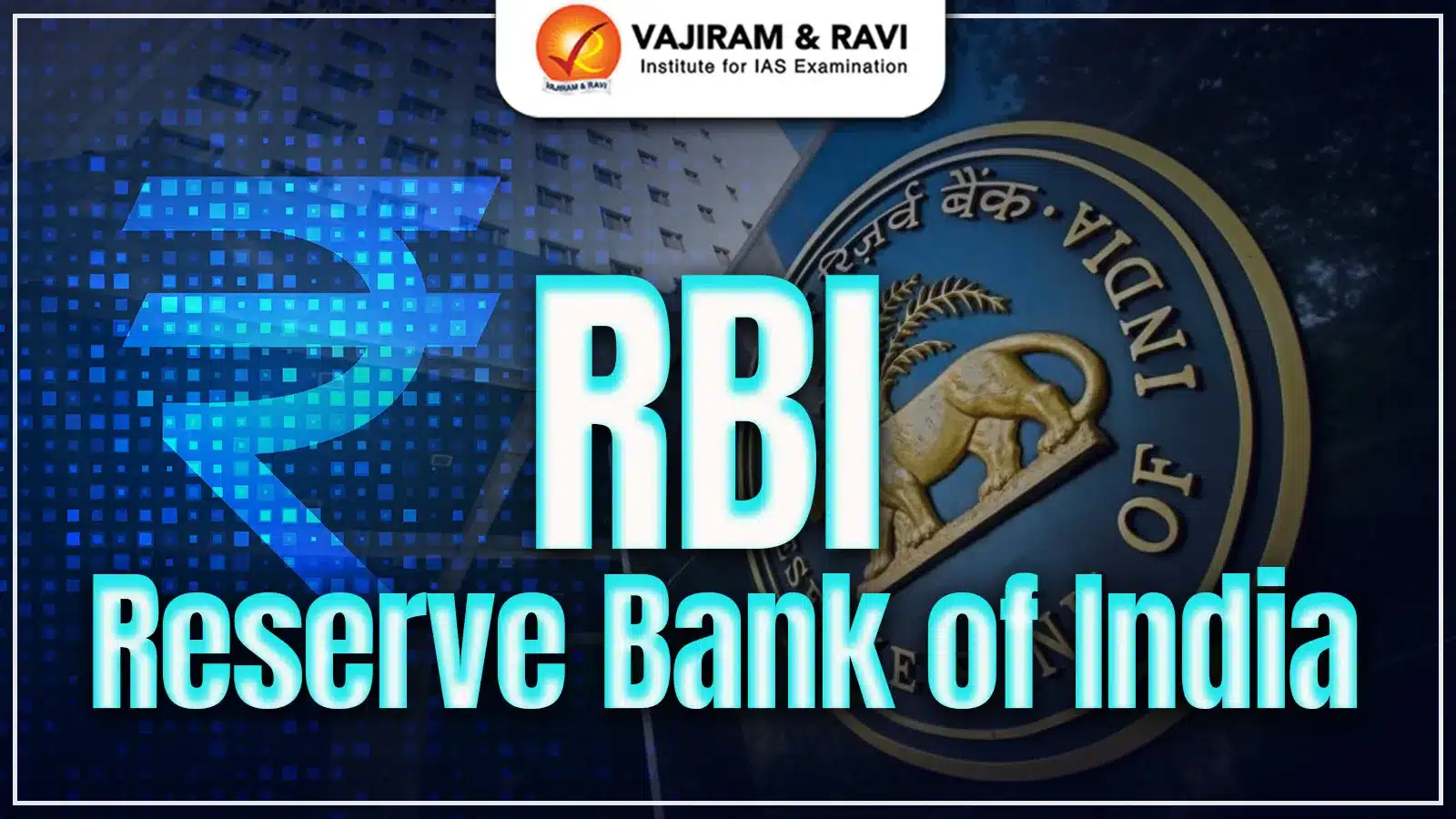The Swadeshi Movement, which emerged at the beginning of the 20th century, stands as a momentous chapter in India's relentless struggle for independence. It began around 1905 when the partition of Bengal was proposed, an event that served as a catalyst for this movement. This period marked a pivotal juncture in India's history, as the Swadeshi movement not only ignited a powerful nationalist sentiment but also nurtured a resolute spirit of self-reliance among the Indian populace.
By using strategies like boycotts and swadeshi goods, the movement aimed to challenge the dominance of British imperialism. At the same time, it worked towards nurturing and highlighting a unique Indian identity.
Swadeshi Movement Overview
To combat poverty, nationalists advocated Swadeshi, promoting Indian industries through the boycott of British goods in response to the government's failed industrial development.
Background of the Bengal Partition
- In 1874, the British created a Chief Commissioner's province by separating Assam from Bengal. Despite local opposition, they also incorporated the predominantly Bengali-speaking area of Sylhet into Assam.
- Lord Curzon was resolute in using the plea for territorial readjustment as a means to suppress the voice of nationalism.
- The calculated move aimed to primarily target the educated middle class of the eastern part of India, particularly those who were at the forefront of the national movement and spoke Bengali.
- Administrative cause: It was said that the existing province of Bengal was too big to be efficiently administered by a single provincial government.
- Historical background: The Bengalis were among the early adopters of English education, embracing Western liberal ideas and expressing nationalistic and patriotic sentiments. This irked the imperialist authorities, leading them to take decisive action.
The Partition
- In July 1905, the Government announced its decision to form the new province of "Eastern Bengal and Assam", comprising the Chittagong, Dhaka and Rajshahi divisions, Hill Tippera (Tripura), Malda and Assam.
- On 16th October 1905, the province was established through the division of Bengal, separating its 41.5 million Bengali-speaking population.
Boycott and Swadeshi Movement
The protests against the partition began in 1903 but gained momentum and better organisation after the official announcement and implementation in 1905. Initially focused on reversing the partition, it evolved into the broader Swadeshi movement.
- The partition scheme faced strong opposition through press campaigns, public meetings, and petitions to the Government seeking its annulment.
- Large conferences at Calcutta's Town Hall allowed delegates from various districts to express their grievances. As these methods showed limited success, a new approach emerged in mid-1905: the boycott of British goods.
- The idea was first proposed in Krishnakumar Mitra's Sanjivani on 3 July 1905 and later embraced by prominent figures at the Town Hall meeting on 7 August 1905.
- Rabindranath Tagore and Ramendra Sunder Trivedi further supported the cause by calling for the observance of Raksha-Bandhan and Arandhan on the day of the partition's implementation.
- Swadeshi, which encouraged citizens to buy locally made products as a patriotic duty, became synonymous with the nation's economic self-sufficiency.
Approach of Nationalists during Swadeshi Movement
- Moderates leaders: The moderates began to criticise the partition scheme ever since it was announced; they initially thought that the British would accept their arguments, which they presented through petitions, prayers and public meetings.
- Education:
- Carlyle Circular: In October 1905, Carlyle, the Chief Secretary of the Government of Bengal, issued an infamous circular that posed a threat to student picketers. The circular warned of withdrawing grants, scholarships, and institutional affiliations from students involved in protests against the British government.
- The boycott of schools and colleges compelled leaders to consider establishing a parallel education system in Bengal.
- These endeavours led to the founding of the Bengal Technical Institute, the Bengal National College and School (1906 with Aurobindo Ghosh, Principal), and several national primary and secondary schools in the districts.
- Industries: A number of exclusive Indian industrial ventures such as Bengal Chemicals, Bangel Lakshmi Cotton Mills, Mohini Mills and National Tannery, were started.
- Key Leaders in the Swadeshi Movement: Bal Gangadhar Tilak, Bipin Chandra Pal, Lala Lajpat Rai, Aurobindo Ghosh, Surendranath Banerjee, Rabindranath Tagore, VO Chidambaram Pillai.
The Samitis and the Political Trends
To support national education and promote the principles of boycott and swadeshi, numerous national volunteer bodies or samitis emerged in Calcutta and the districts.
- Important examples: the Dawn Society (named after the famous journal of the time-Dawn), the Anti-Circular Society (formed initially to protest against the "Carlyle Circular''), the Swadesh Bhandhav, the Brati, the Anushilan, the Suhrid and the Sadhena samiti.
- Methods: The samitis advocated Swadeshi and boycott, engaged in social work during famines and epidemics, and provided physical and moral training. These initiatives complemented the patriotic compositions of literary stalwarts like Rabindranath Tagore and Rajanikanta Sen, reaching the rural communities.
- The ideologies of samitis: The ideological spectrum of the movement spanned from secularism to religious revivalism, incorporating moderate politics, social reformism (through constructive economic, educational, and social programs), and even political extremism.
- The moderate nationalist opinion:
- Surendranath Banerjee, Krishnakumar Mitra, and Narendra Kumar Sen were prominent figures representing this ideology. Despite their strong belief in British justice, they were cautious not to escalate the agitation too far.
- Social reformist creed of "constructive swadeshi"- aimed at gathering national strength through a persistent movement of self-help and self-reliance by organising indigenous enterprises, nationalistic educational processes and setting up village uplift societies to bridge the gulf between the rural and urban people.
Rise of Extremists during Swadeshi Movement
Extremists found expression in periodicals like New India (edited by Bepinchandra Pal), Bande Mataram (edited by Aurobindo Ghosh), Sandhya (edited by Brahmabandhav Upadhyaya) and Yugantar (edited by Bhupendranath Dutta).
- They demanded self-government for India, not under British Paramountcy (as the moderates wished), but by severing all British connections and wiping off all British influences.
- The extremist leaders passionately advocated for Swaraj and explored various strategies to attain it. They sought to expand boycott techniques beyond British goods and educational institutions to other domains.
Participation of People in Swadeshi Movement
The Congress, including both Moderates and Radicals, united in opposition to it. They orchestrated large public gatherings, and demonstrations and devised innovative methods of mass protest. The unfolding struggle was named the Swadeshi movement, with its strongest impact felt in Bengal but also resonating in other regions; in deltaic Andhra, it was referred to as the Vandemataram Movement.
All-India Aspect of the Swadeshi Movement
The call for Swadeshi and Swaraj resonated in other provinces of India too. Movements supporting Bengal's unity and boycotting foreign goods were organised in Bombay, Madras, and northern India.Tilak played a prominent role in spreading the Swadeshi movement across the country.
Swadeshi Movement Consequences
The Swadeshi movement had significant long-term economic and social consequences such as:
- It led to the revival of domestic cottage industries and handicrafts, which were declining under British industrial policies favouring imported machine-made goods.
- The production of indigenous textiles, soaps, matches and other daily-use items received a boost.
- Swadeshi enterprises promoted Indian entrepreneurship and technical skills. Socially, it inculcated a spirit of pride in local products and craftsmanship.
- The involvement of students, women, peasants, and artisans, along with the middle class, fostered wider participation that bridged urban-rural divides.
- While the Swadeshi agitation did not radically overturn British economic dominance, it laid the groundwork for the growth of an indigenous industrial and economic base aligned with national interests.
- The Swadeshi movement was also responsible for the spread of national ideas beyond the official and elite circles.
- Nationalism became a political movement.
- Several million Indians settled abroad also became involved in the movement.
- A new generation of Indian politicians emerged.
- The aftermath movement led to the unification of desperate political identities shaped by public activism, which influenced most of the national leaders.
- Reversal of Bengal Partition: In response to growing opposition and administrative difficulties, the partition was annulled by Lord Hardinge in 1911.
The Communal Tangle
The political capital sought by leaders in Bengal from Hinduism and Islam led to a widening gulf between the two major communities in the region.
- Alongside the efforts to attract educated Muslims, the authorities also encouraged the aristocratic elements among them to embrace the idea of Muslim Political Power.
- In October 1906, this led to the formation of the Muslim League, with Nawab Salimullah of Dacca as its leader, to safeguard the "separate" interests of the Muslims.
Swadeshi Movement Evaluation
- It led to the beginning of the organised political movement in India.
- It marked a total reversal of the earlier nationalist approach of "petitioning and praying" to the Raj for concessions, as well as a virtual rejection of the moderate political programme.
- It set before the Indian people the goal of Swaraj or independence and committed them to the task of doing away with Britain's imperialist stranglehold over India.
- In the pursuit of Swaraj, it advocated "passive resistance" or civil disobedience against British authority, placing constitutionalism in a secondary role.
The Swadeshi movement, although not a full-fledged mass uprising, exhibited some secretive aspects and revealed certain weaknesses. However, it achieved significant success in terms of ideology, organisation, and political strategies.
| Other Related Posts | |
| Swadeshi movement | Muslim League |
| Partition of Bengal | Hindu Mahasabha |
Last updated on November, 2025
→ Check out the latest UPSC Syllabus 2026 here.
→ Join Vajiram & Ravi’s Interview Guidance Programme for expert help to crack your final UPSC stage.
→ UPSC Mains Result 2025 is now out.
→ UPSC Notification 2026 is scheduled to be released on January 14, 2026.
→ UPSC Calendar 2026 is released on 15th May, 2025.
→ The UPSC Vacancy 2025 were released 1129, out of which 979 were for UPSC CSE and remaining 150 are for UPSC IFoS.
→ UPSC Prelims 2026 will be conducted on 24th May, 2026 & UPSC Mains 2026 will be conducted on 21st August 2026.
→ The UPSC Selection Process is of 3 stages-Prelims, Mains and Interview.
→ UPSC Result 2024 is released with latest UPSC Marksheet 2024. Check Now!
→ UPSC Prelims Result 2025 is out now for the CSE held on 25 May 2025.
→ UPSC Toppers List 2024 is released now. Shakti Dubey is UPSC AIR 1 2024 Topper.
→ UPSC Prelims Question Paper 2025 and Unofficial Prelims Answer Key 2025 are available now.
→ UPSC Mains Question Paper 2025 is out for Essay, GS 1, 2, 3 & GS 4.
→ UPSC Mains Indian Language Question Paper 2025 is now out.
→ UPSC Mains Optional Question Paper 2025 is now out.
→ Also check Best IAS Coaching in Delhi
Tags: quest swadeshi movement

















